
With its roots in the bardic tournaments of the 12th century, scores of thousands gather every August for the rites, competitions and festivities of this fanciful celebration of Welsh identity
[caption id="TheNationalEisteddfodofWales_Feature" align="aligncenter" width="1024"]
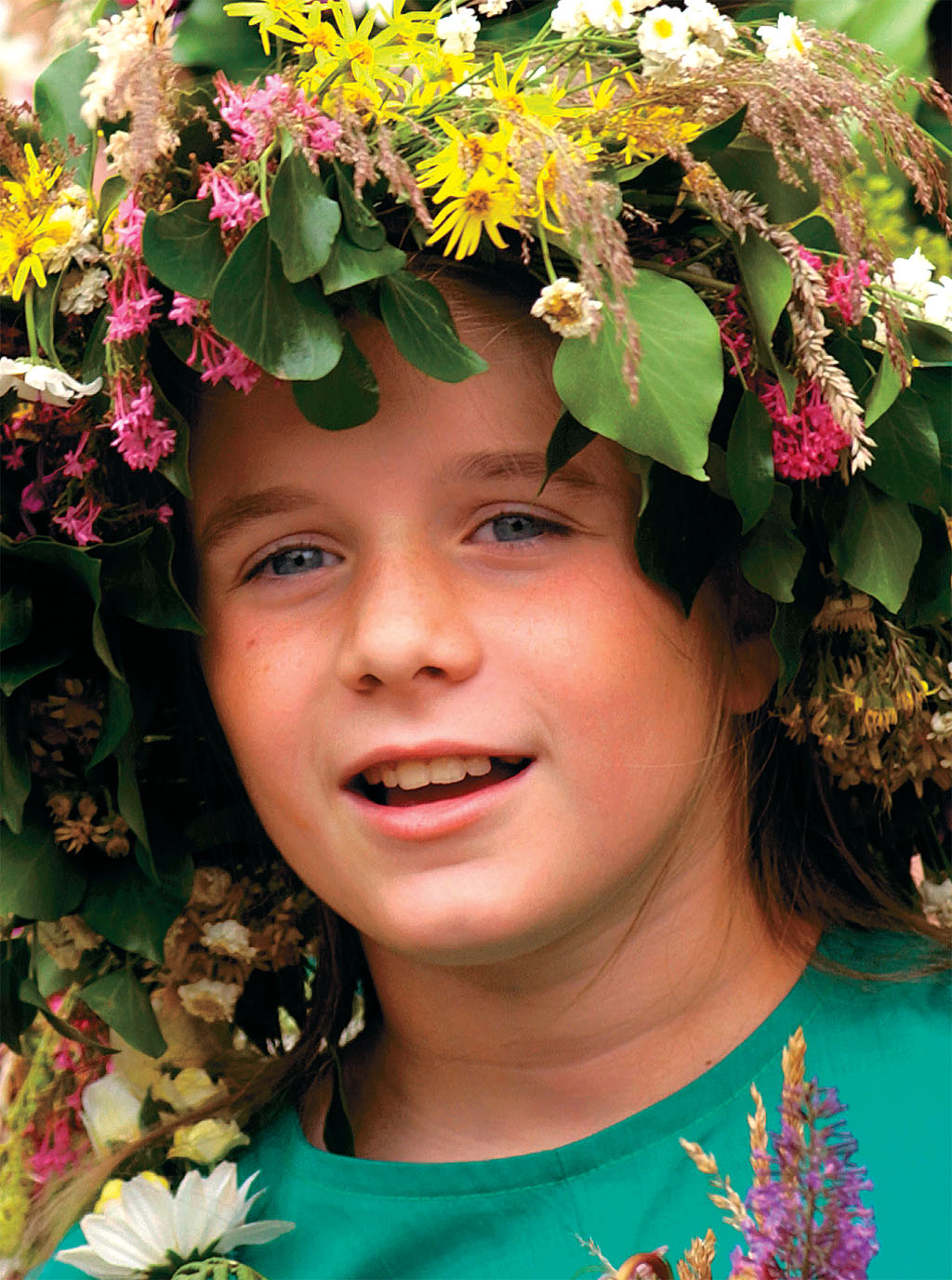
©JEFF MORGAN/ALAMY
[caption id="TheNationalEisteddfodofWales_img1" align="aligncenter" width="1024"]
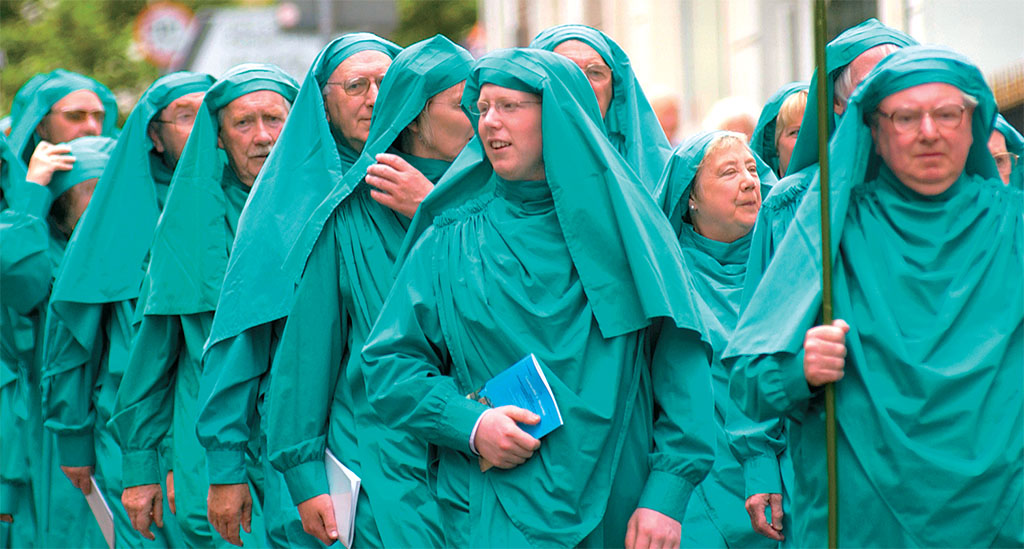
In the latter half of the 19th century The London Review haughtily informed its readers that “the Eisteddfod is now a yearly joke which the world thinks none the worse for its being perpetrated at the expense of a race which is gradually becoming extinct.”
Last August I, along with 157,750 others (some 7 percent international travelers), descended on Swansea in south Wales and thoroughly enjoyed that “joke,” while thousands more people watched proceedings via 100 hours of TV coverage. This August, the jamboree heads to Flintshire and we’ll do it all again. The National Eisteddfod of Wales, alternating location each year between the north and south part of the country and lasting up to nine days, is Europe’s largest popular festival of competitive music, poetry, literature and performances. Bolstered by 800 years of tradition, it remains (pace erstwhile doubters) a flourishing icon and bastion of Welsh arts, language and culture.
[caption id="TheNationalEisteddfodofWales_img2" align="aligncenter" width="658"]
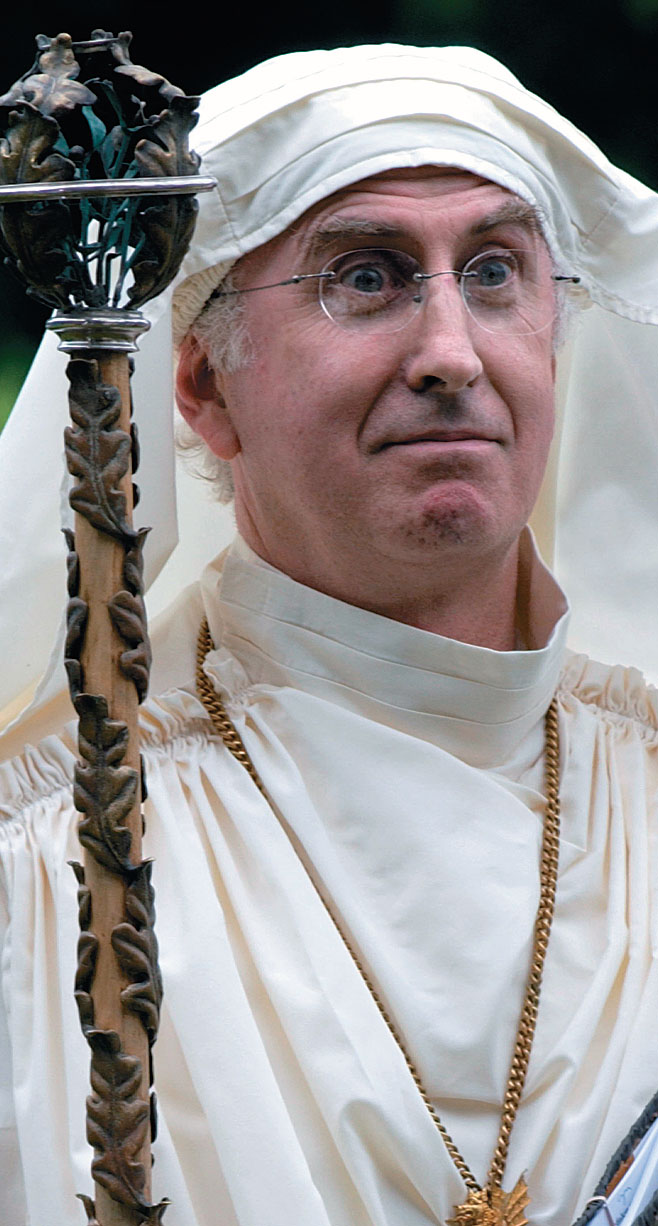
© JEFF MORGAN/ALAMY
‘To be admitted to the ranks of the bards amid the Gorsedd circle of stones is considered a great honor and is bestowed on those who have made a distinguished contribution to the Welsh nation, language and culture’
[caption id="TheNationalEisteddfodofWales_img3" align="aligncenter" width="548"]
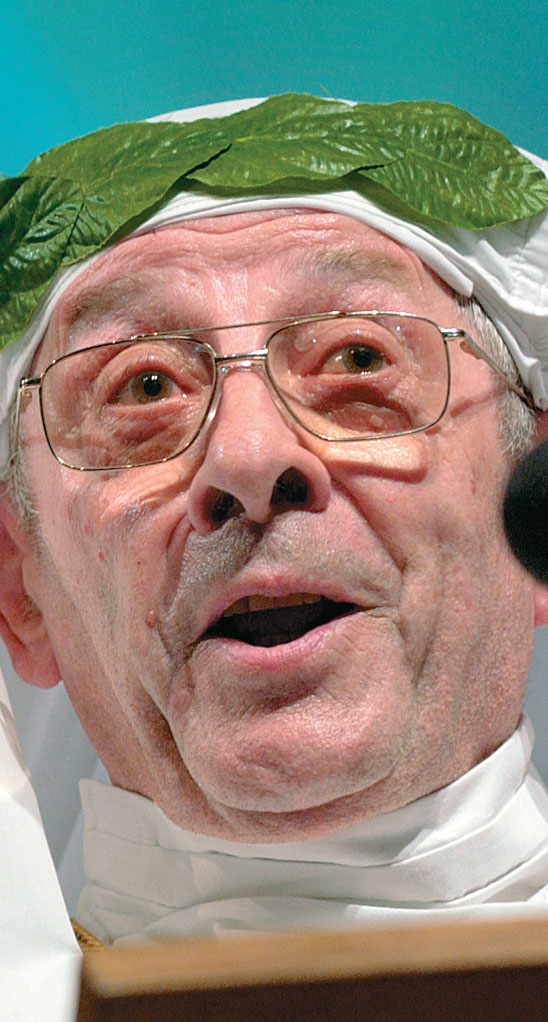
© JEFF MORGAN/ALAMY
On average some 8,000 adults and children pit their skills, with passion and excellence, in contests as varied as folk singing and step dancing, choral performances and monologues. Months before the eisteddfod at Swansea, I spoke to Layton Watkins, top tenor with Morriston Rugby Football Club Male Choir (see British Heritage July 2006), and he had confided that “the boys” had begun practicing their pieces as early as the previous November. “It’s not the prize [£750], it’s the honor of winning a National Eisteddfod that is the motivation,” he said.
But the eisteddfod is also about much more than hotly contested classes in the (flamboyantly pink) 3,500-seater main competition pavilion. The surrounding 30-acre maes (field) bustles with the atmosphere of a colorful village: satellite pavilions where you can see arts and crafts, learn Welsh or get some hands-on scientific fun; and more than 300 come-hither stands promising everything from Welsh whisky to harps, earnest discussions on the state of the Welsh language and politics, or easygoing banter about sport and where to go sightseeing locally. Here, a band strikes up, there, costumed bards gather for one of the festival’s unique ceremonies. For people of Welsh extraction—from Patagonia to Porthcawl—the eisteddfod is a homecoming and the maes a place to catch up with old friends. For non-Welsh, it’s a lively immersion into many enriching aspects of the principality’s cultural life.
To get an idea of just what special place the eisteddfod occupies in Welsh hearts, you need to dip into its evolution. Eistedd is Welsh for “sit” and the term “eisteddfod” originally denoted a meeting of bards, either in poetic contest or to discuss professional matters. The earliest known Welsh bards worked in the courts of princes in the 6th century, competing to win a seat of honor at the lord’s table that would bring patronage and a livelihood.
The first recorded bardic tournament, however, was not until 1176, held at Cardigan Castle by Rhys ap Gruffydd. Called a gwledd arbennig (special feast) rather than eisteddfod, it offered two miniature silver chairs as prizes for poetry and music, and attracted competitors from England and Scotland as well as Wales. The term eisteddfod was used for the first time at Carmarthen in the middle of the 15th century, an occasion that was significant also for tightening the rules governing strict Welsh poetry. You need to be a mental gymnast to understand the intricacies of cynghanedd—poetry that involves patterns of consonance, alliteration and internal rhyming in prescribed meter. Further eisteddfods at Caerwys in 1523 and 1567, sought to safeguard professional standards by licensing three classes of bard; anyone who didn’t make the grade had to find alternative labor or be treated as a vagabond.
Eisteddfods later sank to parochial tavern gatherings, and from 1789 they were given new life by the patronage of a learned London society of Welshmen, the Gwyneddigion. At the Bala eisteddfod of that year, the general public was admitted for the first time, marking the conception of the event as a major public occasion. In 1819, at the Ivy Bush Inn, Carmarthen, the Gorsedd of Bards (bardic assembly/circle) became officially associated with the eisteddfod.
The presence of bards, evocative of mist-veiled ancient times in their long flowing robes, is a theatrical high point at the eisteddfod. Yet the Gorsedd is actually the invention of an 18th-century Glam-organ stonemason, an eccentric genius called Edward Williams—or Iolo Morganwg, to give him his bardic name. During an age of romantic fascination with antiquities and druidism, Morganwg forged documents (with considerable scholarly brilliance) to “prove” the druidical origin of Welsh bardism, and created his own bardic vocabulary and “2,000-year-old” ceremonies. In 1792 he enlisted the support of the Gwyneddigion for a summer solstice ceremony of the Gorsedd of Bards of the Isle of Britain, not in Wales as you might expect, but Primrose Hill in London, where the handing out of bardic “degrees” excited not a little curiosity.
[caption id="TheNationalEisteddfodofWales_img4" align="aligncenter" width="730"]

© THE PHOTOLIBRARY WALES/ALAMY
[caption id="TheNationalEisteddfodofWales_img5" align="aligncenter" width="861"]

©JEFF MORGAN/ALAMY
[caption id="TheNationalEisteddfodofWales_img6" align="aligncenter" width="937"]
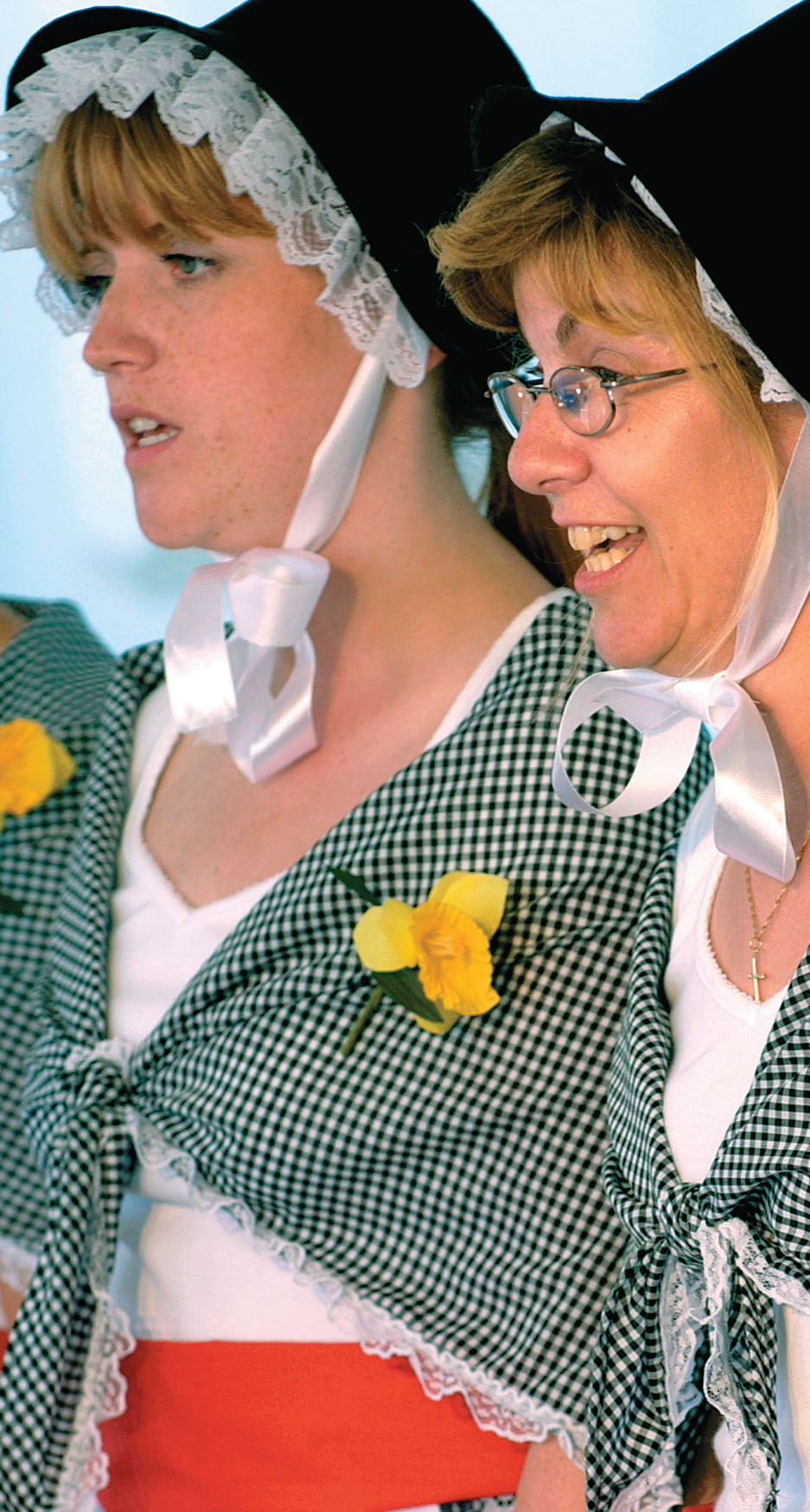
© DEAN CONGER/CORBIS
The Gorsedd soon became a firm fixture of the eisteddfod and though Morganwg’s account of Gorsedd history was fictitious, its spirit nevertheless symbolized the deep-rooted tradition of Welsh bardism reaching back to the 6th century. Indeed, much is owed to Morganwg for reviving interest in the eisteddfod and helping it to become a national institution in modern times. To be admitted to the ranks of the bards amid the Gorsedd circle of stones is considered a great honor and is bestowed on those who have made a distinguished contribution to the Welsh nation, language and culture. Members range from world-famous opera singer Bryn Terfel to former rugby star Gareth Edwards and the Archbishop of Canterbury, Rowan Williams (coincidentally a native of Swansea).
Another notable eisteddfod development in the 19th century was the addition of choral competitions, as a result of the growth in chapel choirs. By 1880, when the National Eisteddfod Association was formed to oversee the staging of events, the gathering had become a large-scale folk festival.
In truth the National Eisteddfod is the top of the pile of smaller eisteddfods that take place around the country. Nor is it to be confused with Llangollen International Musical Eisteddfod, established after World War II in a spirit of entente cordiale that still brings performers from more than 50 countries to stand side by side through music. The National is all about Wales.
And here’s a thing: Arriving at Swansea’s former Felindre tinplate works site where the eisteddfod was held in 2006, I had that slightly unnerving feeling of being foreign in the “Land of My Fathers.” You see, the official language of the eisteddfod is Welsh and I only have a smattering of Cymraeg.
These days around 21 percent of the principality’s population can speak the Welsh language—roughly half the number at the beginning of the 20th century—and they all seemed to be at the eisteddfod in Swansea where normally English assails the ears. However, the “Welsh only” rule strictly applies only on the competition stage in the main pavilion and even here free hand-held receivers give an instant translation. Elsewhere, on the maes, people will chat to you in English if you look baffled.
‘It’s not all just harps and singing; there’s sport, plus science and technology exhibitions. Competitions include disco dancing as well as cynghanedd’
[caption id="TheNationalEisteddfodofWales_img7" align="aligncenter" width="1024"]
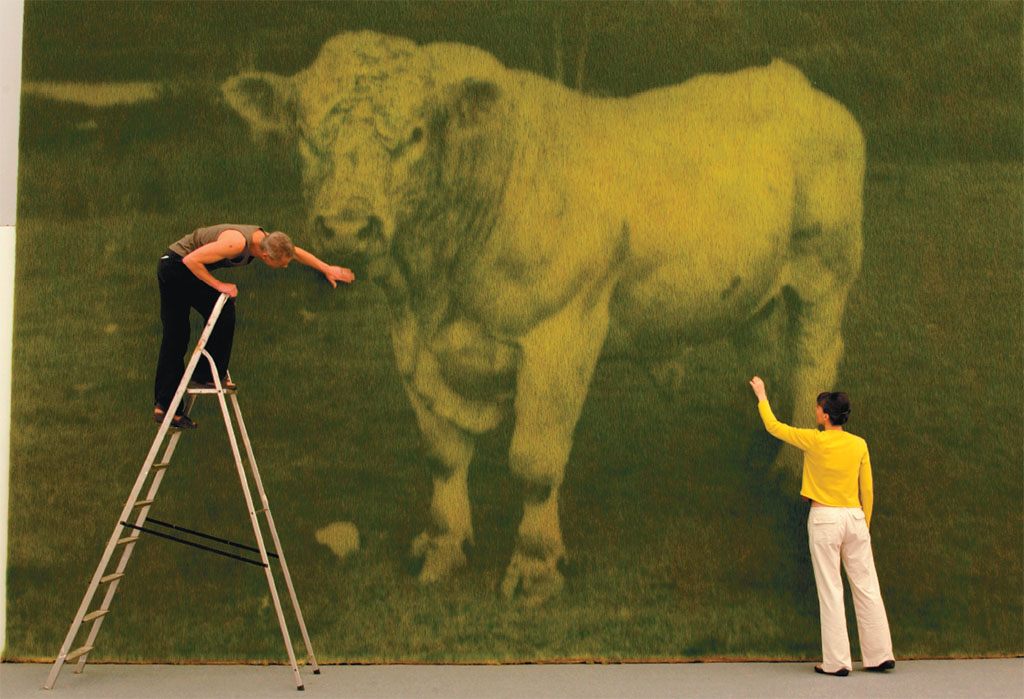
© JEFF MORGAN/ALAMY
[caption id="TheNationalEisteddfodofWales_img8" align="aligncenter" width="1024"]

© JEFF MORGAN/ALAMY
Just how far the “Welsh only” rule should be applied naturally leads periodically to arguments about divisiveness in a bilingual nation, just as fans of tradition debate with modernizers what competitions should be embraced. Betsan Williams, in charge of external relations for the eisteddfod, advocates balance: “The eisteddfod is to promote the language and culture of Wales and everything happens through the medium of Welsh so as not to dilute that. But in the last 10 years, we’ve really worked to make the eisteddfod more inclusive and open to everyone to enjoy, with guides and interpretations, rather than it being an island of Welshness. We’ve broadened activities, too. It’s not all just harps and singing; there’s sport, plus science and technology exhibitions. Competitions include disco dancing as well as cynghanedd.”
A week of sellout concerts, with headline acts such as Katherine Jenkins and an Eisteddfod Choir formed from 325 local people, certainly underlined the popularity of the bash at Swansea. Interestingly, Jenkins, one of the world’s biggest names in classical music, admits to “never having got very far” in eisteddfod competitions—which gives an inkling of standards!
Choirs are one of the biggest draws, and on my visit I made a beeline for the main pavilion to see how Layton Watkins and the Morriston would fare in the competition for male voice choirs numbering 45 or more members. The audience was packed, the tension high. Each choir had up to 15 minutes to perform the test piece, “Arglwydd da, nid wyf deilwng” (“Good Lord, I am not worthy”) combined with their own choice of songs to impress the judges. The Morriston gave (in Welsh) “When the Silver Trumpet Sounds” (Bellini) and “The Last Words of David” (Randal Thompson). “Two big heavy pieces and one very light piece, to show what the choir is capable of singing,” Watkins had explained. They sounded great—but despite their months of preparation, they were beaten into second place by Bridgend.
“Oh well boys, that’s the way the cookie crumbles,” one Morriston chorister murmured with considerable understatement as they departed the pavilion. They chewed over the result at an evening buffet, and a few days later were off on a concert tour of China and Hong Kong. “We’re very busy with concerts in 2007 but we hope to compete at the eisteddfod in 2008 when it comes back south to Cardiff,” Watkins vowed.
The adjudications of competitions—incisive, no-holds-barred, valued critiques—are as keenly awaited as the performances themselves, and many a stage or film career has been helped on its way by the eisteddfod.
The three most coveted prizes are awarded with the full pageantry of the Gorsedd in attendance: the crowning ceremony to honor the finest free verse poet, the prose medal ceremony for the prose prize, and the chairing of the bard ceremony for the best cynghanedd (strict meter verse), perhaps the apogee of the week. The crown, chair and medal are handcrafted each year—and are withheld if standards have not been sufficiently excellent. With the bards gathered on stage, the archdruid announces the nom de plume of the victor (identities are a closely guarded secret), who then stands and is escorted from the audience onto the stage to be honored by a children’s floral dance and formal greetings from the gathered druidic dignitaries.
‘All in all, the eisteddfod is an intoxicating, enjoyable whirl of the high and low brow, earnest and enjoyable. Its impact extends far beyond one week in August’
[caption id="TheNationalEisteddfodofWales_img9" align="aligncenter" width="1024"]

© JEFF MORGAN/ALAMY
Winner of the 2006 chair, Gwynfor ap Ifor, caused laughter when his identity was revealed, for he’d submitted his work on the year’s theme of “waves” under the (female) name of Gwenno. “I won’t have a kiss from him,” a slightly disappointed archdruid quipped. But he was in luck with the medal and crown awards, both won by women—Fflur Dafydd and Eigra Lewis Roberts. A few days later I saw Eigra chased across the maes by a boy of about 10 seeking her autograph, with a breathless enthusiasm more usually reserved for pop stars than poets. It’s a memorable image.
If you go to an eisteddfod, do get hold of a program and map to find your way around the multitude of events. In addition to the main pavilion and maes, Maes B is where the young hang out and evening gigs take place—just one way in which the eisteddfod has sought to engage a new generation. Maes C is full of poetry and comedy. Maes D provides activities and help for learners of Welsh. On Thursday of eisteddfod week, the Wales International Society (formed in 1948) prepares a special luncheon to celebrate the return of Welsh folk from around the world. I met a dozen from Patagonia who come each year to look up their roots.
All in all, the eisteddfod is an intoxicating, enjoyable whirl of the high and low brow, earnest and easygoing. Its impact extends far beyond one week in August. In the two years that a region takes to prepare for it, hundreds of other cultural and fundraising events are held, involving thousands of local people. It costs around £2.8 million to stage, but benefits the host area by about £6.4 million. “It should definitely remain peripatetic because of the regeneration process it brings to each locality,” Betsan Williams of the National Eisteddfod says. And centuries of heritage and passion.
The National Eisteddfod of Wales Flintshire and District takes place on the Pentrehobin Estate, Mold, August 4-11, 2007. The National Eisteddfod of Wales Cardiff and District is August 2-9, 2008. Further details can be found online at: www.eisteddfod.com.





Comments